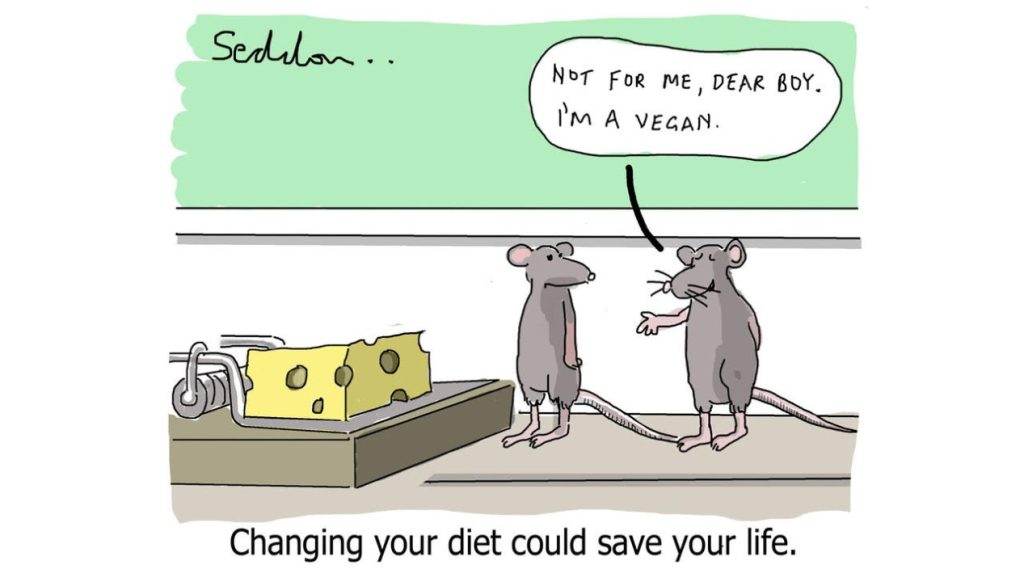Humour, Satire, and Framing: The Role of Language in Boosting Planetary and Personal Health

Three weeks ago, RESPONSUS (Responsibility, Language and Communication) started a series of blogs to show how crucial language and communication are in shaping sustainability. Last week we read an intriguing article about the role of metaphors written by Lotte van Poppel . This week we explore the role of language and discourse in shaping and communicating sustainability where we’ll see how language negotiates individual, social, and ecospheric well-being (#sdg3 ).
It is difficult to ignore how far planetary health (#sdg13, #sdg14, #sdg15) could impact individual health and well-being. We all know how necessary clean air or potable water are for living a healthy life. Nevertheless, it is not easy to persuade everyone to put planetary health before their immediate needs and desires. Why should I exchange the ease and luxury of driving to my destination with a sweaty outfit and a cartoonishly red nose that riding my bicycle affords? Abstaining from the immediate satisfaction of eating a juicy steak hardly compares to saving the planet for the future generations after all.
Framing environmental messages in terms of health and well-being can be particularly effective in encouraging people to reconsider their environmental behaviours. Framing is defined as “setting of an issue within an appropriate context to achieve a desired interpretation or perspective” (Shome & Marx, 2009, p. 11; https://doi.org/10.7916/d8-byzb-0s23). Framing is not the only venue where language, images, and motion pictures can be effectively employed to promote good health and well-being. The emerging discipline of medical humanities is yet another promising path.
So instead of asking people to use public transport and cut down on their meat consumption, one can remind them of the immediate negative impacts of exhaust emissions and trans fats on their health and wellbeing and that of their loved ones. Using ‘gain’ or ‘loss’ frames means phrasing the same choice or option either in negative or positive terms. The message remains the same; rather, it is communicated in terms of its negative or positive consequences. Instead of foregrounding the negative consequences of unbridled meat consumption like CO2 emissions, water consumption and pollution, or animal suffering, we can focus on the benefits gained from reducing meat consumption like preventing cardiovascular diseases.
As we contend in our book, humour is also a potent strategy for framing environmental messages: it fosters positive emotions and good mood when communicating the message and makes it more memorable (like the subtle humour in Mike Sedden’s cartoon of our header). For more inspiration have a look at Instagram page of Gesunde Erde – Gesunde Menschen Foundation (healthy planet, healthy people) and of course my co-authored book (with Tabea Scheel): “Satire, Humor, and Environmental Crises”.
See you back next week when we will use the language lens to explore #sdg14 – Life under water.
Boykoff, M. (2019). Creative (climate) communications: Productive pathways for science, policy and society. Cambridge University Press. https://doi.org/10.1017/9781108164047
Shome, D., & Marx, S. (2009). The psychology of climate change communication: A guide for scientists, journalists, educators, political aides, and the interested public. Center for Research on Environmental Decisions, Columbia University.
Zekavat, M., & Scheel, T. (2023). Satire, humor, and environmental crises. Routledge. https://doi.org/10.4324/9781003055143
#sdg #humor #comedy #communication #psychology #humanities Dr. med. Eckart von Hirschhausen Tabea Scheel Max Boykoff

